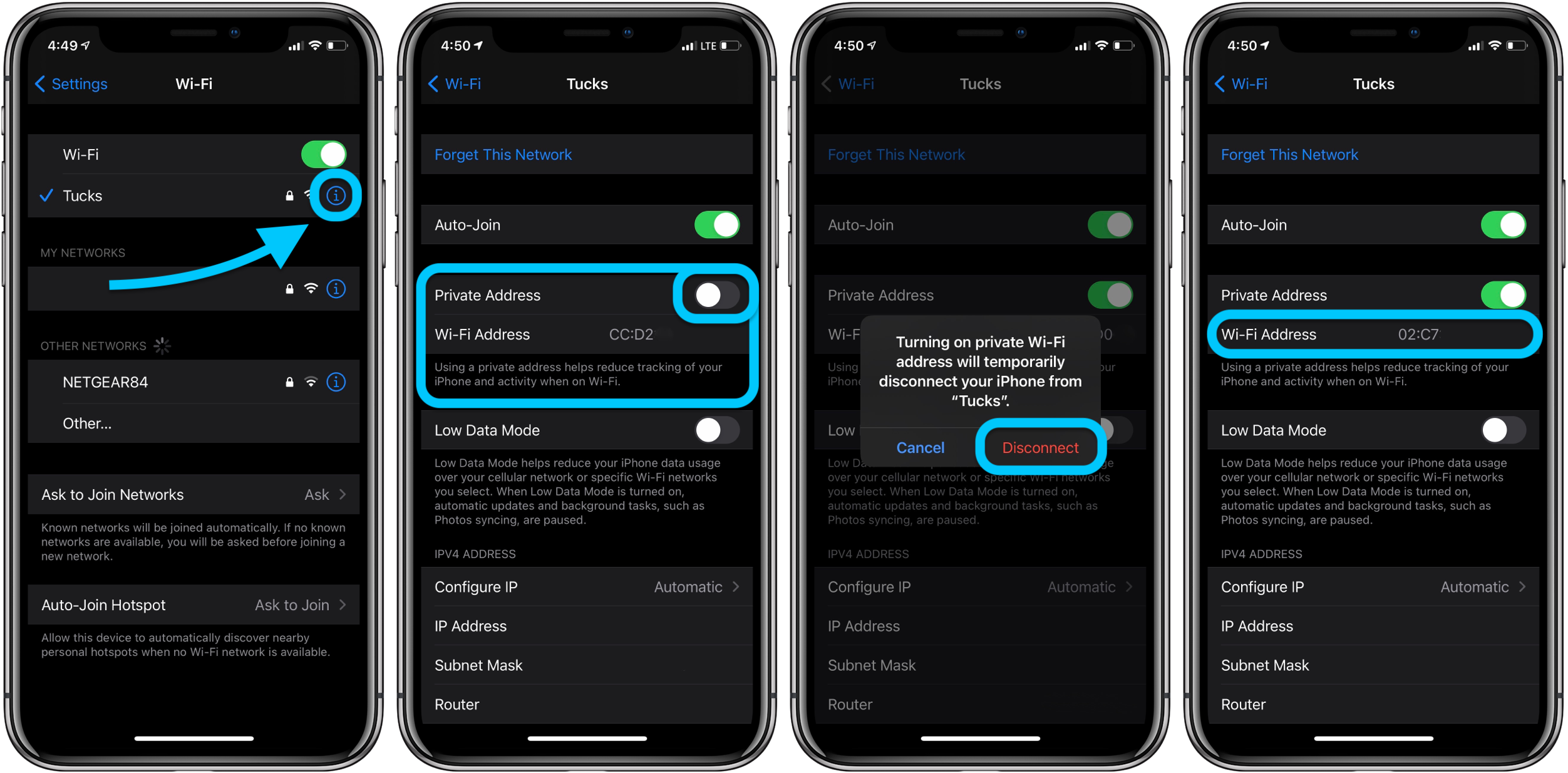

To create a symbolic link to the airport command: (Hint: If you don't get any output, turn Wi-Fi on in the Network system preference.) Then just type airport -s in the Terminal's command line to get the detailed scan report. But you can create a symbolic link to it using the one-time command below. It shows you the numeric signal strength for every access point, the channel used, and the encryption level, if any.Īlas, the airport command-line utility is buried deep in the System directory (aka System folder when using OS X's GUI). The airport command-line utility does the same and a lot more. When you click the Wi-Fi icon in OS X's menu bar (called AirPort before OS X Lion), you get a list of available wireless networks. airport: Scan your local wireless environment from the command line
#What is the name of the program that manages wireless network for mac os:x manual#
For example, man lsof displays the manual page for the List Open Files command.ġ. For most of these commands, you can get more documentation using the "manpage" system: Type man followed by the command name. All commands, unless otherwise noted, run on all versions of OS X since 10.4 Tiger. What follows is an alphabetical list of the 20 best command-line gems, with enough description to put you on the path to using their productivity riches. Some you may already know, but others are sure to make you sit up and exclaim, "Sweet!" I've scoured the Internet for the best of the best of these utilities. There's already a huge brain trust of tool knowledge around using Bash as a systems administrator's command shell.īut OS X brings its unique capabilities to the command-line table, in the form of utilities that leverage OS X's user interface, file system, and security capabilities. It's widely used on operating systems of all kinds, including iOS, Linux, Unix, and mainframes. In the Apple Menu, go to System Preferences. Bash - for "Bourne again shell" - was developed by free-software guru Brian Fox. Right-click Local Area Connection or Wireless Network Connection and select Disable. The command shell itself, delivered by Apple's included lTerminal program, is a wonder of open source. But system administrators and power users know that the Mac's command-line interface can be a powerful time saver and, in many cases, the only method to accomplish certain tasks. When trying to connect to eduroam, you are unable to get a connection.For most people, the Mac's OS X is all about the graphical user interface.

Choose Cancel and then open the eduroam network (click on the blue arrow). When you select eduroam, you will be prompted for the password.Select the wireless network from the list and then click on the (-) button to remove it from the list.Choose the wireless network from the list & then click on the Disconnect button.Highlight the network from the list and choose Remove.Choose Manage Wireless Networks from the options on the left.Go to Start > Control Panel > Network and Internet > Network and Sharing Center.Right-click on the network and choose Forget this Network.Access Settings and then choose the Wireless icon.To reconnect to the UT eduroam network, choose the network from your list of available wireless networks and enter the following credentials: The easiest way to reconfigure your wireless profile for UT's eduroam network is to delete the existing network and then reconnect to it! Follow the instructions below for your operating system. This article has moved to the new OIT Knowledge Base. (Moved) How do I delete a wireless network from my list of available networks?


 0 kommentar(er)
0 kommentar(er)
